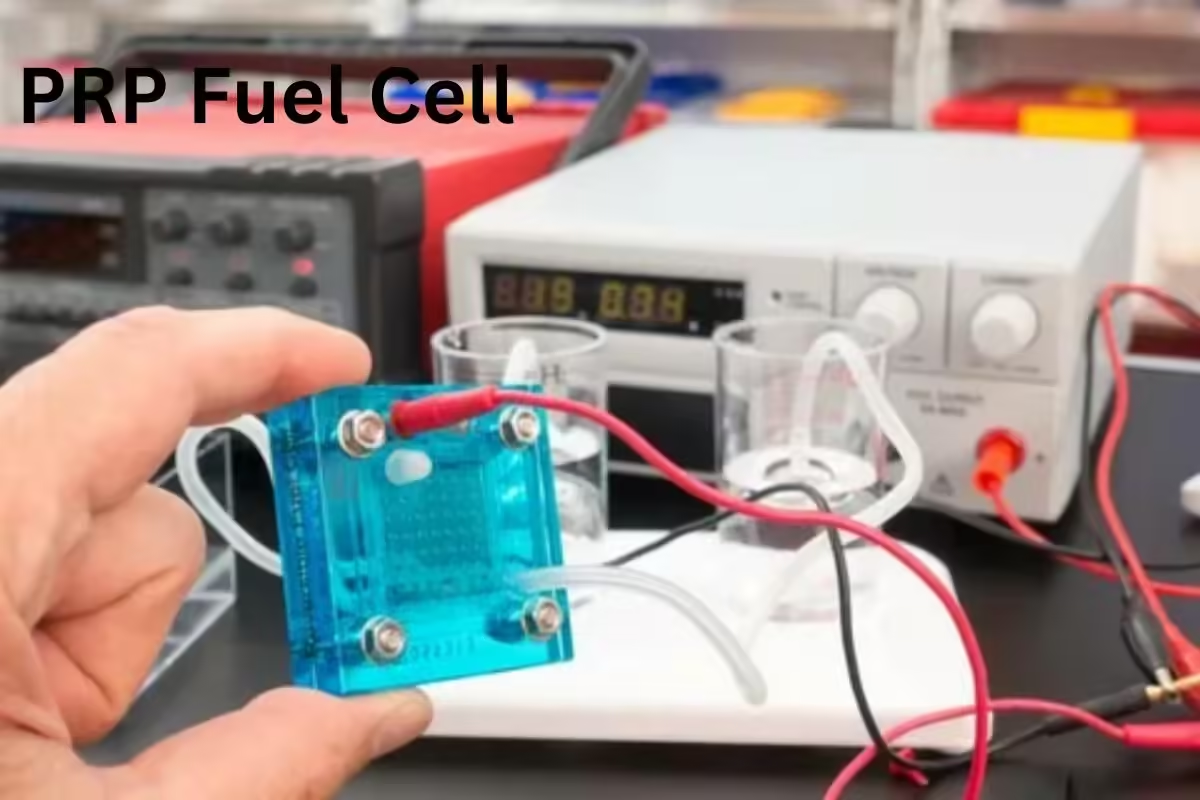An age of rapid change in energy use is coming, and it’s through the revolution of the PRP fuel cell that some of the important swings toward the sustainable use of energy occur. Never, probably, have cleaner sources of energy become more vital due to climate change. But today, PRP technology comes at the forefront as fuel cells take the lead towards this change, promising to revolutionize the way one consumes energy. This article seeks to delve into the need for the PRP fuel cell revolution, its benefits and challenges, and its role in forging a cleaner future.
Knowing What PRP Fuel Cells Entail
So, what exactly are PRP fuel cells? These innovative contraptions convert chemical energy into electrical energy through the mediation of electrochemical reactions.
Fundamentally, these fuel cells rely on hydrogen as their primary source of fuel. Hydrogen is broken down into protons and electrons in contact with the anode side of the cell. The protons migrate through a particular membrane to the cathode side, and electrons travel through an outer circuit to produce electricity. Pure water is the reaction byproduct, making PRP fuel cells zero-emission devices.
This technology has much more to offer than others, as it is more efficient and causes less harm to the environment. The PRP fuel cell revolution is not solely about efficiency; it’s about sustainability and the well-being of our planet in the long run.
Advantages of the PRP Fuel Cell Revolution
1. No Emissions
The most important plus of the PRP fuel cell revolution is zero emission commitment. Fossil fuels produce toxic chemicals that poison the air. The byproduct of the PRP fuel cells, however, is only water vapor. This aspect gives it an edge as the solution to air pollution and the greenhouse effect that helps combat global efforts on climate change mitigation.
2. High Efficiency
PRP fuel cells are highly efficient. It means that a higher percentage of fuel can be converted into useful energy compared to traditional combustion engines. This efficiency translates into cost-effective energy and better performance for applications ranging from electric vehicles to industrial processes.
3. Versatility in Applications
The nature of PRP fuel cells is versatile, and their applications cut across different sectors. Whether it is a source of power for running cars or a backup source of power for buildings, the list of usage options is endless. The automobile sector is keenly interested in this technology, and a lot of manufacturers are keenly exploring hydrogen-powered cars as a sustainable alternative to conventional gasoline cars.
4. Energy Security
Energy security is the diversification brought about by the PRP fuel cell revolution. Hydrogen can be sourced from many domestic sources, which limits dependency on imported fossil fuels. It is fundamental for countries wanting to further strengthen their energy independence, hence promoting economic stability.
Innovations Driving the Revolution
Recent breakthroughs in PRP fuel cell technology are making these systems more viable than ever. New materials, including improved catalysts and membranes, are being developed to enhance the efficiency and lifespan of fuel cells. New methods for hydrogen production are also being explored, including water electrolysis powered by renewable energy sources such as solar and wind.
Research and Development
Ongoing research makes the PRP fuel cell revolution. Research institutions and firms are expected to collaborate and make better this technology: improvement in performance, reduction in cost, and increase in production volumes. Eventually, these breakthroughs will bring PRP fuel cells into the mainstream of an energy solution.
Challenges and Considerations
With multiple advantages, the PRP fuel cell revolution is beset with several challenges that must be overcome before mass adoption of this energy generation approach can occur. Among its major impediments are that PRP fuel cells are pretty expensive systems, along with the required infrastructure to extract and transport hydrogen.
Increased funding for research and development infrastructure will enable PRP fuel cells to be an alternate energy option in competition.
Consumer acceptance is also a challenge. Public education and outreach campaigns should be conducted to explain the benefits of PRP fuel cells to the public and address popular myths about hydrogen as a fuel.
The more people know, the more they will need clean energy solutions.
There’s a lot of promise for the future in the PRP fuel cell revolution. New technologies and policies and the commitment of governments, industries, and people to attaining sustainability goals will keep PRP fuel cells at the center of the energy landscape for the future. They do seem poised to become hubs of clean energy production given their efficiency.
Conclusion
And here lies the shift of a paradigm in the revolution regarding no emissions zero and efficiency highly and adaptively designed, there is still more to that as an addition for a futuristic world—a new age in an otherwise dark day of trying to meet with the hurdles left to be resolved in climatic change. Track this technology, and think of how to get involved in the revolution to clean energy.
More Read: Why Fiberglass Reinforced Foam Heat Floor Is Key in GreenTech



